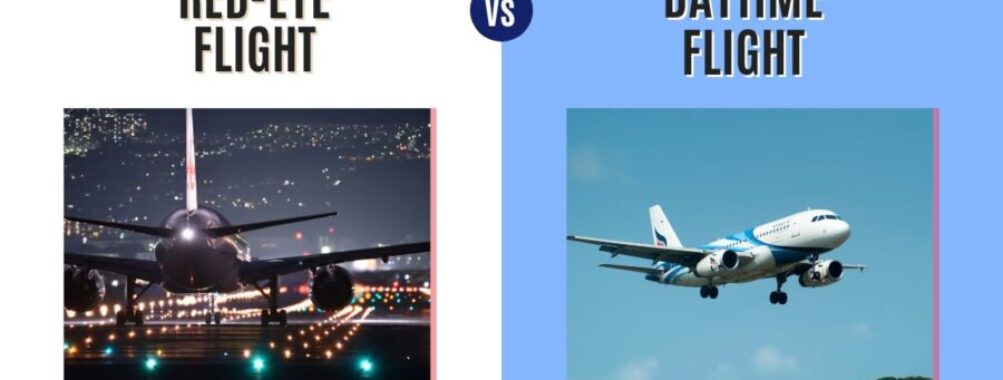
Red-Eye Flight vs Daytime Flight: Which Is Best For Your Trip?
Picking between a red-eye and a daytime flight isn’t just about saving a few bucks—honestly, it’s about how you want to feel when you land. If squeezing every last drop out of your trip sounds appealing, the red-eye usually wins, but if you crave comfort and sticking to a normal sleep schedule, daytime flights are probably the safer move.
I’ve flown both types more times than I care to admit, and each brings its quirks and headaches. You might love wandering a near-empty airport at midnight, or maybe you’d rather start your journey with a sunrise coffee. The timing affects more than your mood—it can seriously mess with your body clock, impact how rested you feel, and even decide how much you can squeeze into that first day.
Key Takeaways
- Flight timing changes your comfort, energy, and trip productivity
- Each option has unique pros and cons worth weighing
- The best choice depends on your priorities and travel style
Table of Contents
- Red-Eye Flight vs Daytime Flight: Key Differences
- Flight Timing and Duration
- Cabin Environment and Atmosphere
- Cost and Availability
- Pros and Cons of Red-Eye Flights
- Maximizing Travel Time
- Potential Cost Savings
- Challenges With Sleep On The Plane
- Impact on Next-Day Activities
- Advantages and Drawbacks of Daytime Flights
- Comfort and Restfulness
- Managing Jet Lag
- Flexibility With Scheduling
- Jet Lag: How Flight Timing Impacts Your Body
- Circadian Rhythm Disruption
- Recovery Tips for Travelers
- Tips for Sleeping on a Plane
- Choosing the Best Seat
- Sleep Aids and Accessories
- Pre-Flight Preparation
- Choosing the Right Flight for Your Needs
- Business vs Leisure Travel Considerations
- Traveling With Children or Groups
- Personal Preferences and Comfort
- Frequently Asked Questions
- What are the key differences in passenger experience between overnight and daytime flights?
- How does flying at night affect jet lag compared to flying during the day?
- What are the pros and cons of choosing a red-eye flight for business travelers?
- What tips can help travelers make the most out of a red-eye flight for their next trip?
- Book Your Dream Experience
- More Travel Guides
Red-Eye Flight vs Daytime Flight: Key Differences
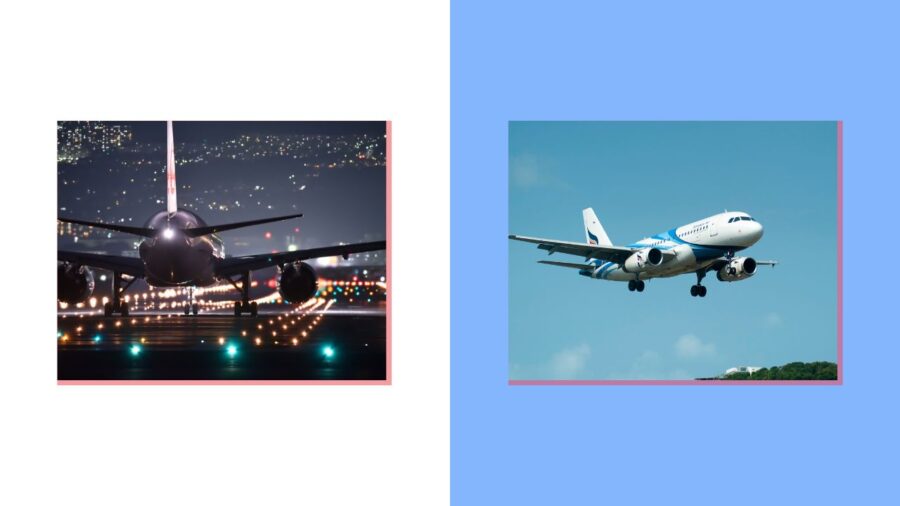
The biggest differences? When you’re flying, how the cabin feels, and what you’ll fork over for your ticket. All of these can flip your comfort, alertness, and even how your plans line up.
Flight Timing and Duration
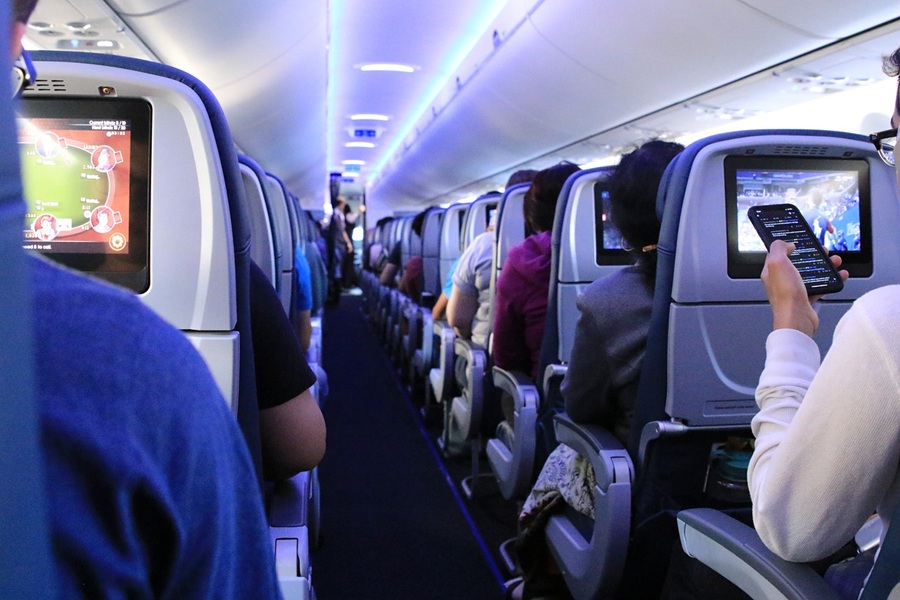
A red-eye flight usually takes off late at night—think after 9 p.m.—and lands early the next morning. You’re flying while most of the world is asleep.
This can save you a whole day, which is gold if you’re crossing the country or heading overseas. Daytime flights, on the other hand, leave anywhere from early morning to late afternoon.
You’re awake the whole time, which, let’s be honest, can make the flight feel never-ending—especially on those marathon routes. But you do skip that weird grogginess that comes with overnight travel.
Flying coast to coast in the U.S.? A red-eye drops you at your destination by breakfast, which is clutch if you want to jump straight into meetings or sightseeing. Daytime flights usually mean you’ll show up in the evening, ready to crash.
Cabin Environment and Atmosphere

On overnight flights, the crew dims the cabin lights soon after takeoff. Announcements and service get quieter so people can try to sleep.
You’ll mostly hear the engines humming and spot the occasional glow from reading lights. Daytime flights feel way more alive—lights stay on, meal service comes around more, and there’s just more hustle in the aisles.
If you’re sensitive to noise or light, red-eyes can be easier for rest—assuming you bring an eye mask and earplugs. But if you’re the type who likes to stretch, chat with the crew, or get work done, the buzz of a daytime flight might suit you.
Cost and Availability
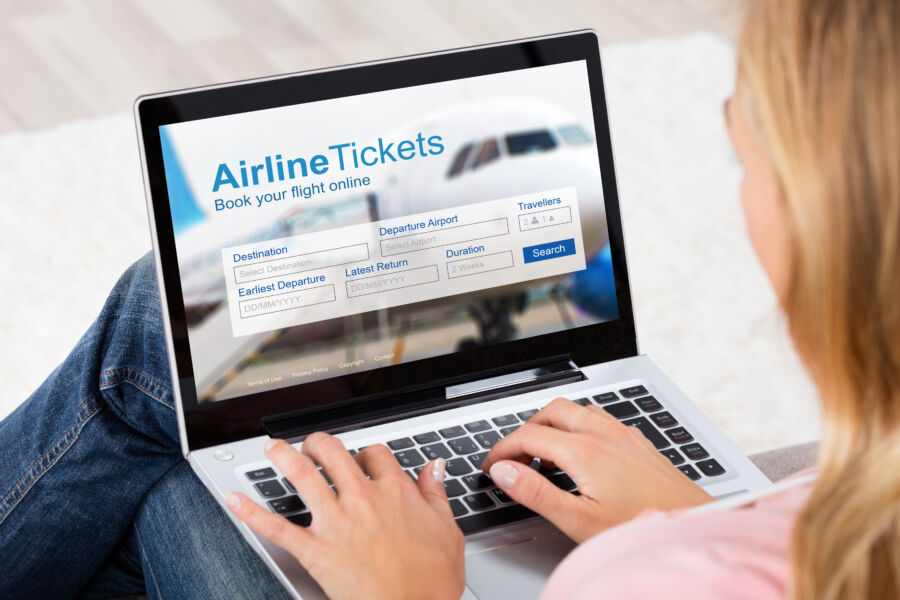
Red-eye flights are often cheaper since fewer people want to fly at midnight. Airlines drop fares to fill seats, which is a nice bonus if you’re trying to fly cheaply without losing too much comfort.
Daytime flights, especially at peak hours, usually cost more. Demand is higher, and popular routes sell out fast. Last-minute deals? Not as common for daytime flights.
Availability depends on your route. Some places only have overnight options, while others offer a bunch of daytime departures. If you’re flexible, you can usually pick a time—and price—that fits your plans.
Pros and Cons of Red-Eye Flights
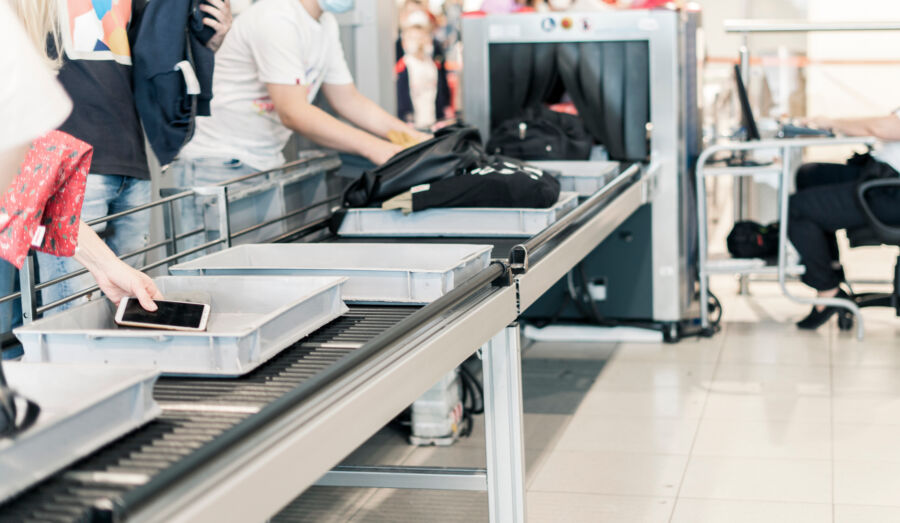
Overnight flights can save you precious daylight at your destination and sometimes cost less than daytime ones. But they do come with trade-offs: sleep gets weird, you might arrive before anything’s open, and feeling sluggish the next day is a real risk.
Maximizing Travel Time
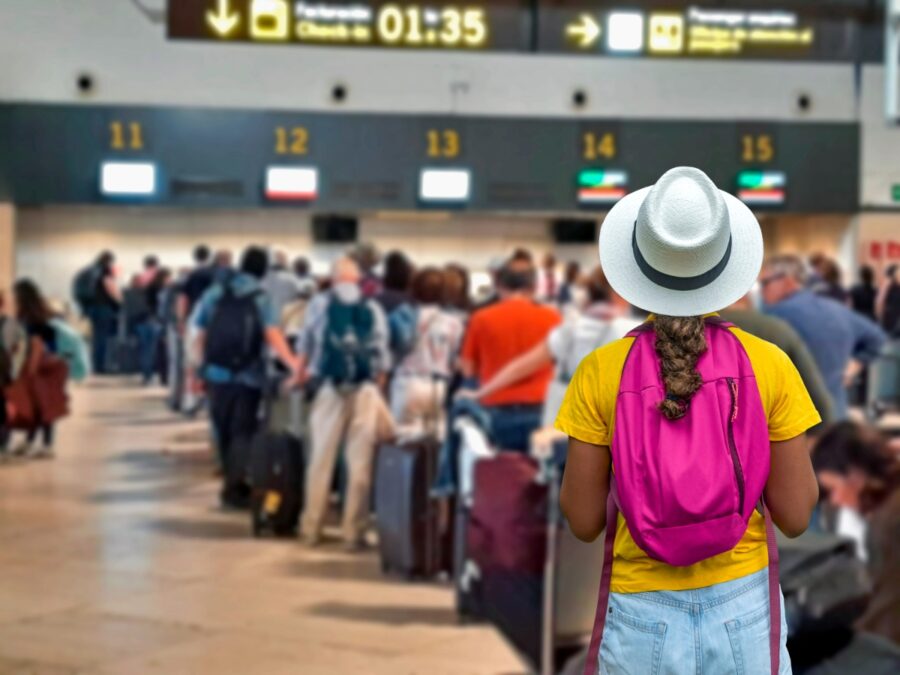
One of the biggest perks of a red-eye is how it squeezes more out of your trip. You’re flying while you’d normally be asleep—no wasted daylight.
If you’re heading far, you can land in the morning and dive right into sightseeing or meetings. On longer international routes, it often lines up better with local schedules, so you can just get going.
But let’s be real—being “ready” depends on whether you slept at all. Even a quick nap helps, but if you’re wired all night, you might just swap flight time for exhaustion. Still, when every daylight hour matters, this schedule can be a game-changer.
Potential Cost Savings
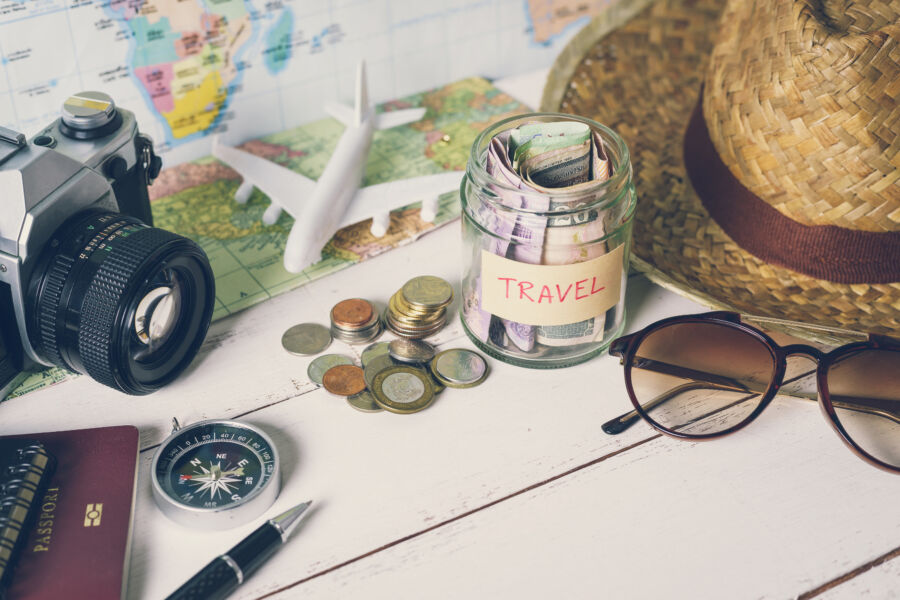
Airlines tend to price overnight flights lower because most folks avoid them. That’s a win if you’re watching your budget.
You might also dodge an extra hotel night, which can add up fast in pricey cities. Even splurging on a better seat might cost less than a daytime flight plus a hotel.
Some travelers take those savings and treat themselves at their destination. But if the cheap flight leaves you too tired to enjoy anything, was it worth it?
Challenges With Sleep On The Plane
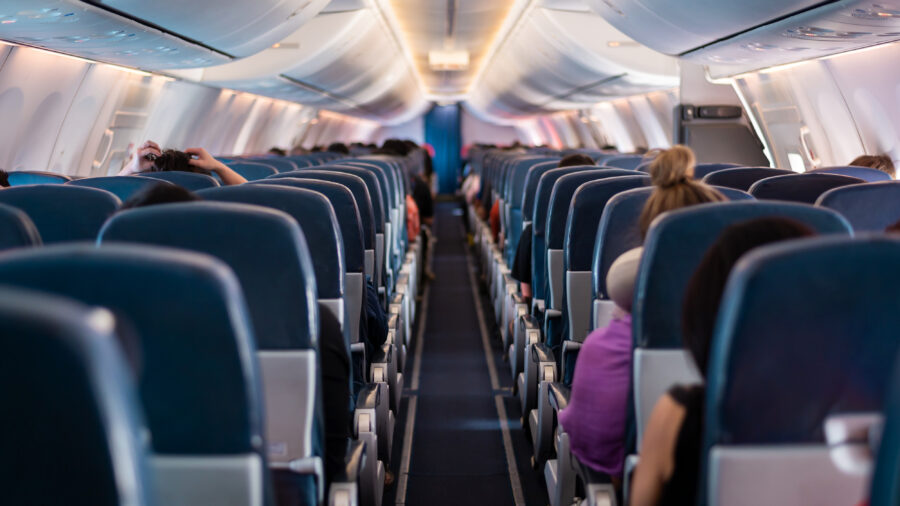
Sleeping on a plane is tough, no matter how many times you’ve done it. Economy seats barely recline, and there’s always the chance your neighbor snores or a baby cries for hours.
The dim cabin helps, but noise and cramped space can still keep you awake. Neck pillows, eye masks, and noise-canceling headphones can improve your odds, but let’s not kid ourselves—they’re not miracle workers.
If you’re a light sleeper, you might land feeling worse than if you’d flown during the day. And if you’re traveling without travel insurance, even small delays or disruptions can mess up your whole recovery plan.
Impact on Next-Day Activities
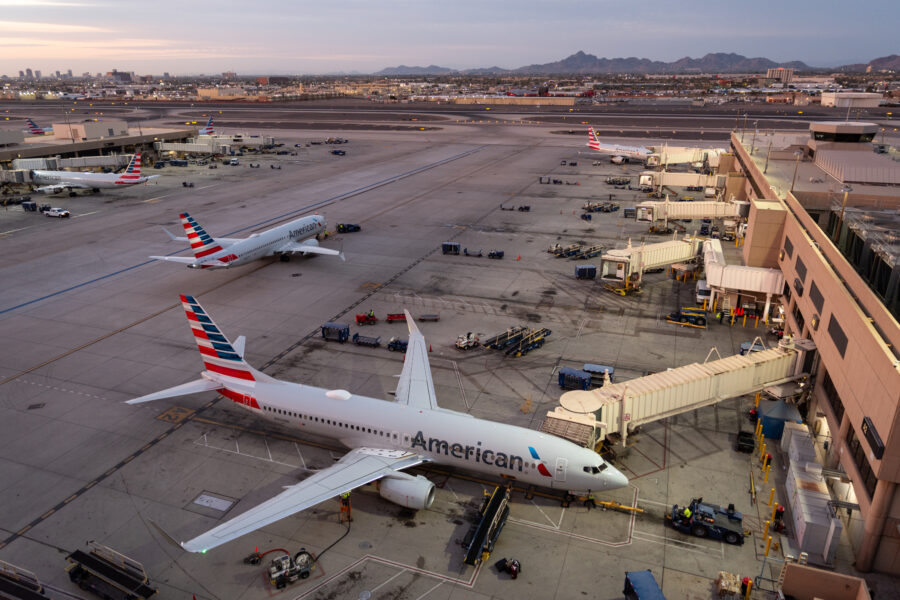
Arriving early sounds awesome until you realize your hotel check-in isn’t for hours. You could end up dragging your luggage around, especially if nothing’s open yet.
Lack of real rest can slow you down, even with a full day ahead. That museum tour might feel like a slog, and jet lag can hit harder when you haven’t had a proper first night’s sleep.
For business trips, this is dicey—important meetings right after landing? Risky. If you can plan lighter activities or keep your arrival day flexible, you’ll probably enjoy your time more and avoid burning out.
Advantages and Drawbacks of Daytime Flights

Daytime flights just feel more natural for most people, especially if you’re not a night owl. They can make travel way less stressful, but they’re not perfect—energy, time, and budget all come into play.
Comfort and Restfulness
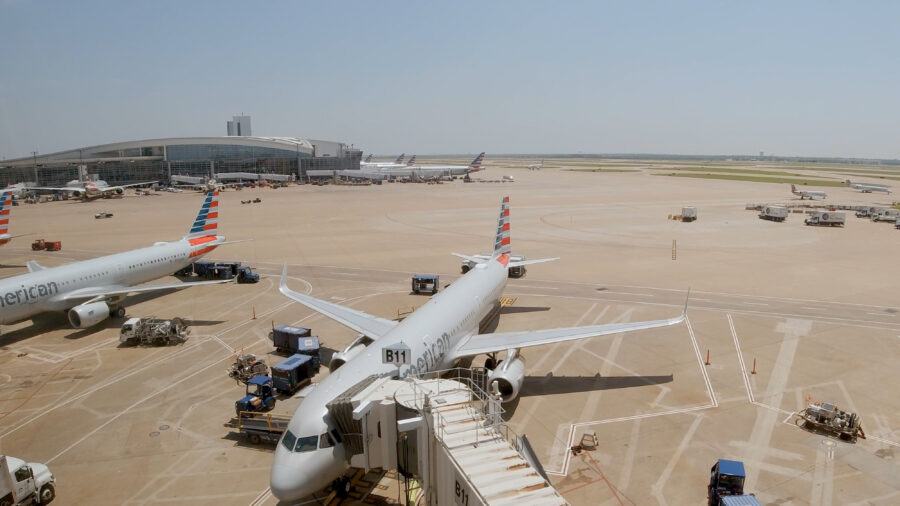
Flying during the day means you’re awake when your body expects it. You’re not contorting yourself in an upright seat, praying for sleep at 35,000 feet.
The cabin stays brighter and busier, so you can read, work, or binge movies without worrying about waking up your neighbor. If you’re like me and can’t sleep on planes anyway, daytime flights are just less frustrating—you’re not supposed to be sleeping, so no guilt.
The catch? You’re awake for the whole ride, so long-haul flights can drag. And if you’re in economy, sitting still for 8+ hours with no sleep break can be rough. But hey, at least you’re not starting your trip with that “I just woke up on a plane” haze.
Managing Jet Lag

Daytime flights can help cut down on jet lag if you arrive in the evening—your body’s tired at the right time, so falling asleep and adjusting gets easier.
Flying east, though, you might land in the morning after a sleepless night. That first day can be brutal. I’ve done the U.S. to Europe marathon, and trust me—wandering around Rome on zero sleep is not as romantic as it sounds.
I try to sneak in a short nap when I arrive, but not so long that I mess up my local bedtime. Westbound flights are easier—you gain hours and can usually stay up until evening without much trouble.
Flexibility With Scheduling
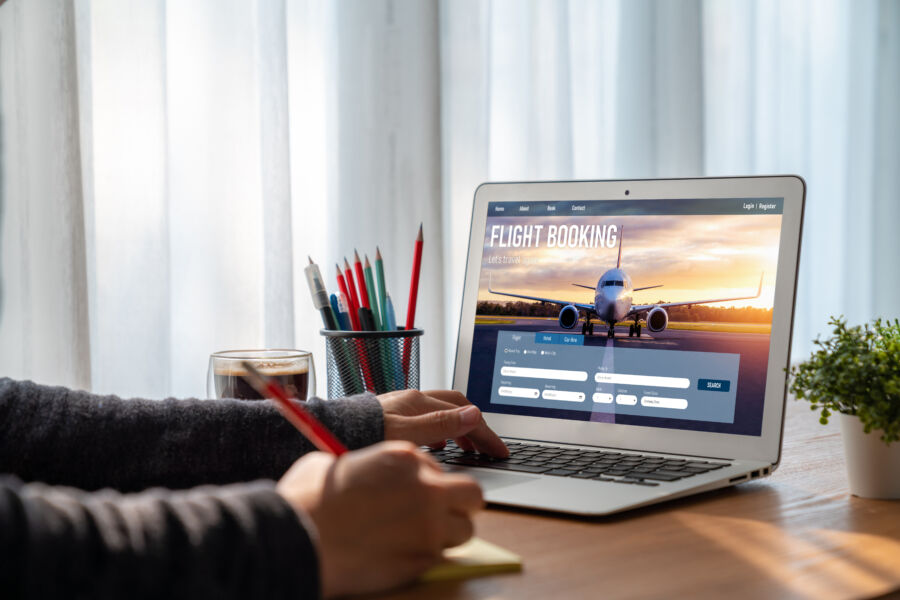
Daytime flights usually give you more departure options, especially for domestic or short-haul trips. You can snag a mid-morning flight to dodge rush hour, or leave in the afternoon if you’re a last-minute packer.
They also line up better with ground transport—trains, buses, and rideshares are easier to find during the day. You’re not stuck in a deserted airport at 3 a.m. hunting for a cab.
The flip side? Airports are busier during the day. Security lines, boarding, and gate areas can be packed. If you crave peace, that’s something to consider.
Jet Lag: How Flight Timing Impacts Your Body
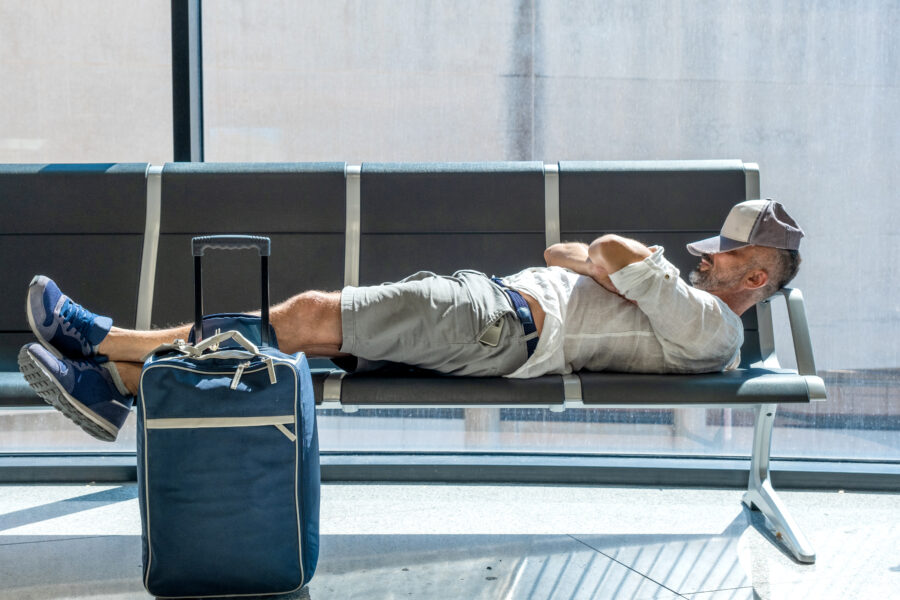
Flying at the “wrong” time forces your body’s internal clock to play catch-up. The gap between your home time and the local time can mess with your sleep, mood, and even your appetite in ways you might not expect.
Circadian Rhythm Disruption
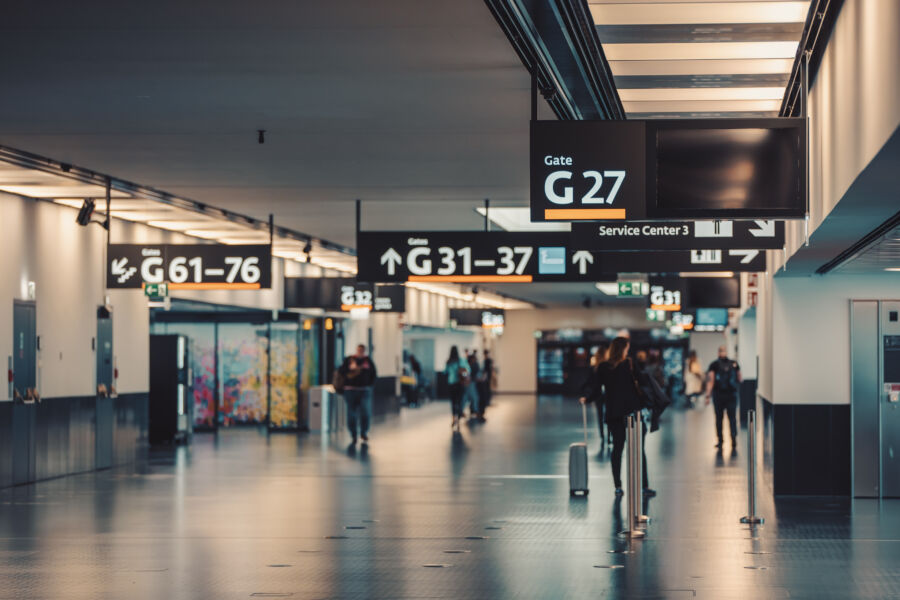
Your circadian rhythm is your body’s built-in timer for sleep, wake, and meals. It follows a 24-hour cycle, mostly set by light.
A red-eye can throw this off more than a daytime flight because you’re skipping a normal night’s rest and landing when your body swears it’s still midnight. Eastbound flights are especially rough—you have to shorten your day, which is way harder than stretching it.
I’ve learned the hard way—New York to Paris overnight sounds efficient, but I’ve arrived at 7 a.m. feeling like I’d been awake for two days. Even if you sleep on the plane, it’s rarely deep or restorative.
Daytime flights mess with your schedule too, but since you’re awake for most of it, your body clock seems to adjust a bit more easily. You’re not forcing yourself to sleep at weird hours mid-air, which helps.
Recovery Tips for Travelers
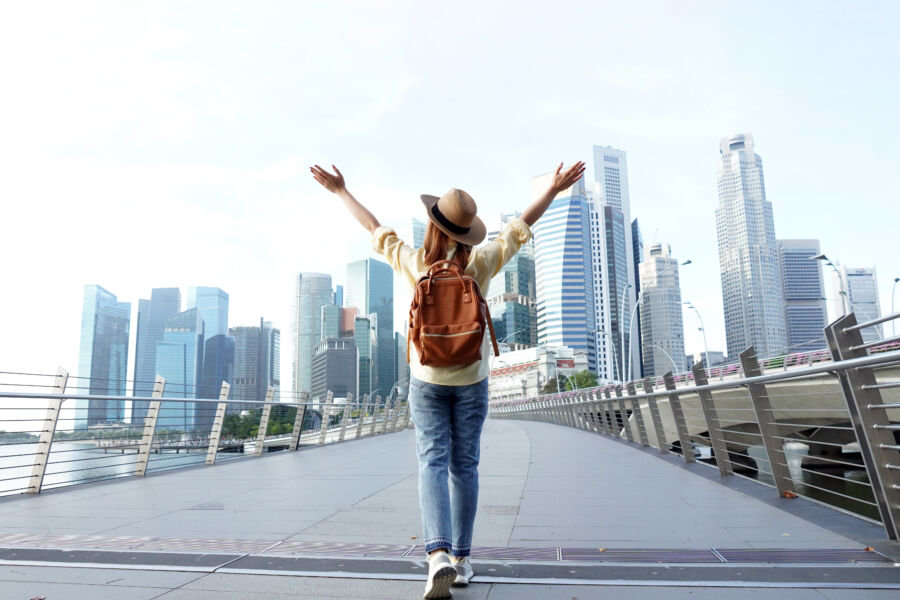
The fastest way I’ve found to shake jet lag is to just start living by local time. Eat, sleep, and get outside when the locals do—even if you feel like a zombie.
Practical steps that help:
- Get sunlight soon after arrival, especially if you’ve flown east.
- Avoid long naps; if you need one, keep it under 30 minutes.
- Shift your schedule a few days before departure—go earlier for eastbound, later for westbound.
I always set my watch to the destination’s time as soon as I board. It’s a tiny mental trick, but it keeps me from obsessing over what time it is back home.
If you’re on a red-eye, try to sleep during the destination’s night hours while in the air. Eye masks, earplugs, and even a hoodie over your head help block out the world. For daytime flights, staying awake and moving around can keep your body clock from drifting too far off.
Tips for Sleeping on a Plane

Getting real sleep on a plane isn’t just luck—it’s about stacking the odds in your favor. The right seat, the right gear, and a bit of planning before you even board can mean the difference between stumbling off the plane and feeling rested.
Choosing the Best Seat
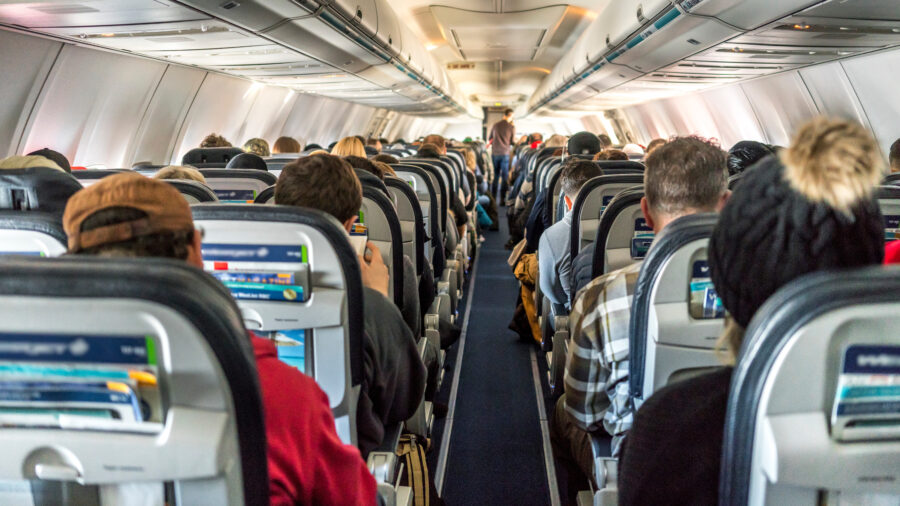
If you can swing it, grab a window seat. You’ll have a wall to lean on, nobody crawling over you, and you control the window shade. That little bit of control matters more than you’d think at 3 a.m.
Avoid seats near the galley or bathrooms. The constant foot traffic, light, and noise will chip away at your chances of falling asleep.
Bulkhead seats give you extra legroom. Sometimes, though, the armrests won’t lift, so stretching out gets tricky. I’ll take a window seat in the middle of the plane over the front row if I’m trying to sleep.
If you’re on a long-haul flight, check the seat map before booking. Even a few rows away from a high-traffic area can make a huge difference in how much rest you get.
Sleep Aids and Accessories
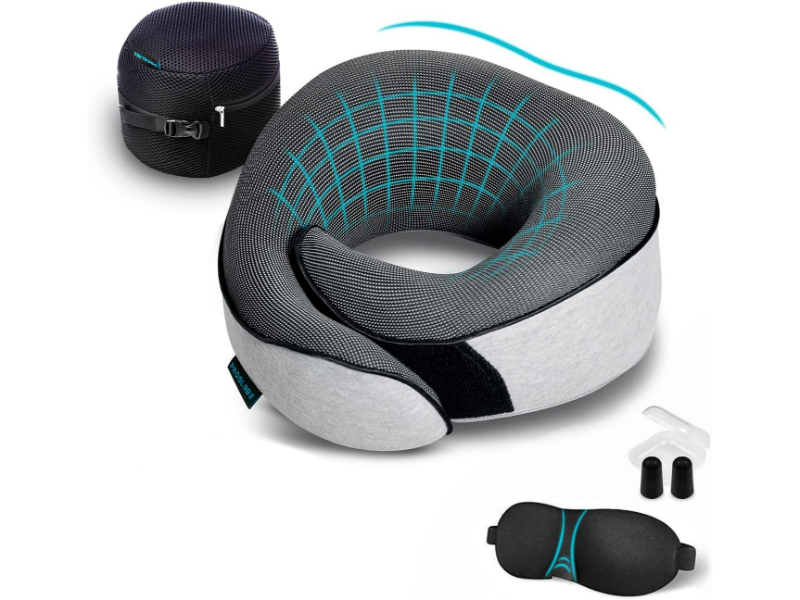
A good neck pillow, eye mask, and noise-canceling headphones are my holy trinity for in-flight sleep. I’ve tried the cheap stuff and the fancy stuff, and honestly, the upgrade is worth it.
You can find plenty of solid travel gear that won’t take up much space in your bag. Compression socks aren’t just for older travelers. They keep your legs from feeling heavy and achy after you’ve been sitting for hours.
Some folks swear by melatonin or herbal teas, but try them at home first so you know how your body reacts. Skip the alcohol—it might make you drowsy, but it usually wrecks the quality of your sleep.
If you’re sensitive to cabin air dryness, bring a small tube of moisturizer and lip balm. It’s a small comfort, but it helps you feel less like you’ve been in a desert all night.
Pre-Flight Preparation
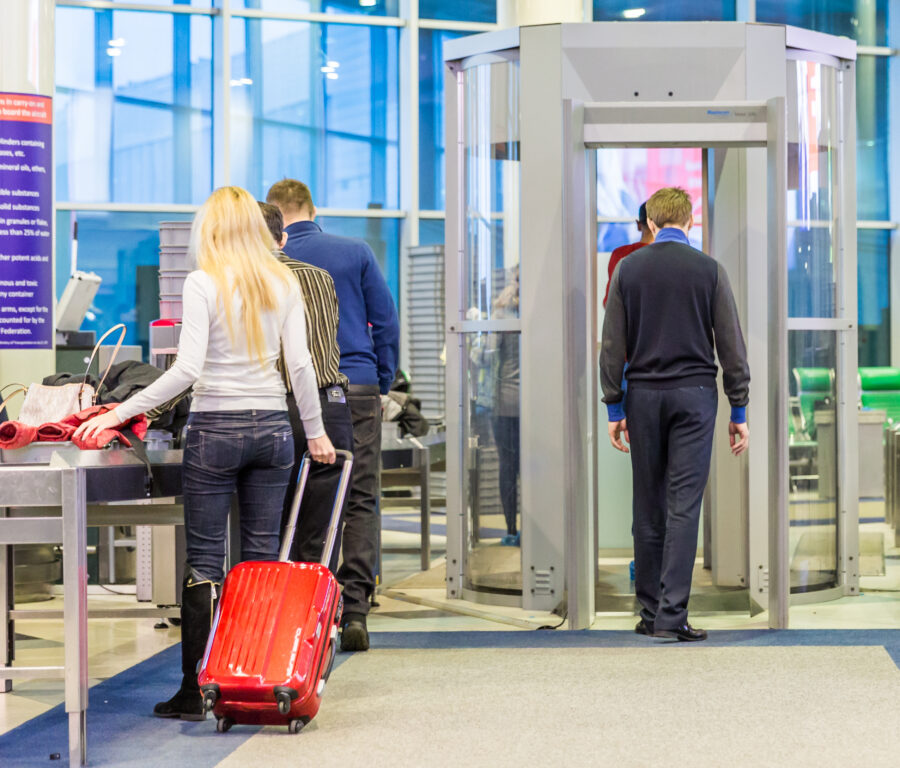
Start adjusting your sleep schedule a day or two before your trip if you’re crossing time zones. Even shifting bedtime by an hour can help your body adapt.
Eat a light meal before boarding. Heavy food right before you try to sleep often backfires, leaving you uncomfortable and restless.
Get your carry-on organized so you’re not digging around in the dark mid-flight. If you have a long layover before check-in at your hotel, consider booking luggage storage so you can explore without dragging your bags around.
Stick to your nighttime routine as much as possible—brush your teeth, wash your face, and change into comfortable clothes. I usually pack a pair of soft socks and swap them out once I’m on board. It’s a small ritual, but it signals to my brain that it’s time to wind down.
Choosing the Right Flight for Your Needs
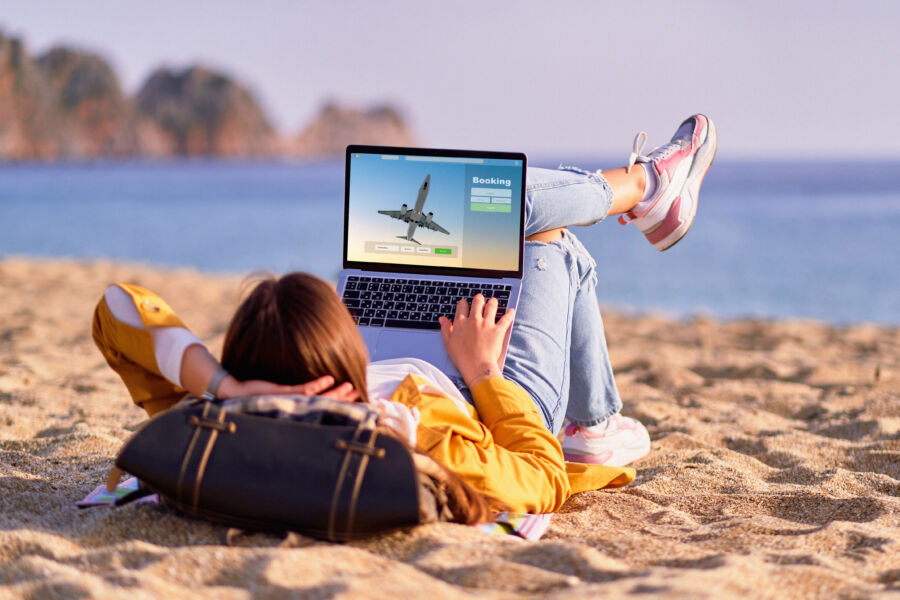
Your choice between a daytime flight and an overnight red-eye can shape how you feel when you land. It can also affect how much you spend, and even how productive your trip will be. The right pick often comes down to your schedule, the purpose of your trip, and how well you handle sleep on a plane.
Business vs Leisure Travel Considerations

If you’re flying for work, time is usually the biggest factor. A red-eye can let you arrive early, head straight to meetings, and avoid wasting a workday in transit. But be honest—if you can’t sleep on planes, you might show up groggy and unfocused.
For leisure trips, comfort often wins over speed. A daytime flight lets you enjoy the journey, maybe watch a movie, and arrive without that “I’ve been up all night” haze.
It also makes it easier to connect with pre-booked tours and activities that start in the afternoon or evening. Cost plays a role, too. Red-eyes are sometimes cheaper, especially on busy routes, but I’ve seen daytime deals that beat them—so it’s worth checking flexible dates on flight search tools.
Traveling With Children or Groups
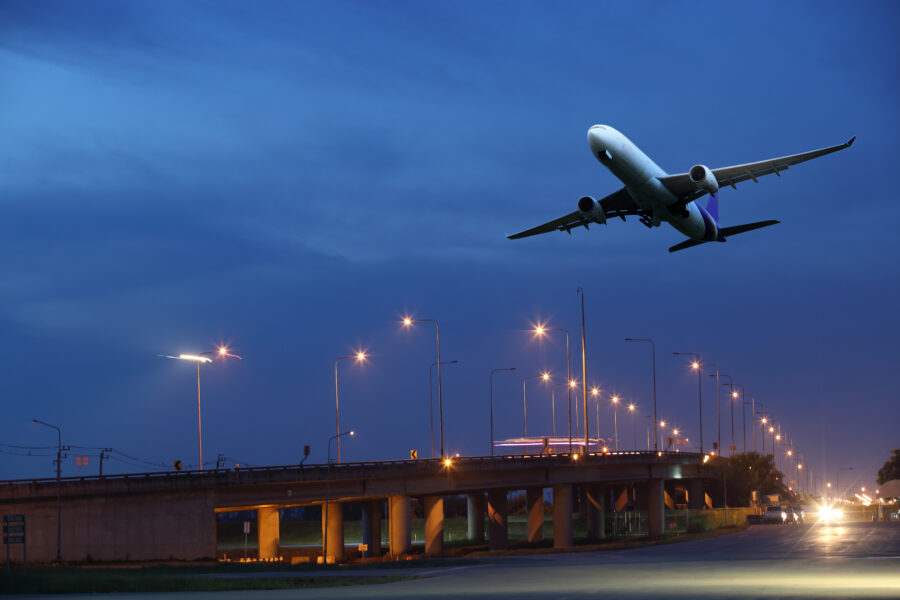
Overnight flights with kids can be a gamble. If they sleep well in a car seat or curled up with a blanket, you might land with everyone rested.
If not, you could be managing cranky, overtired little ones in a busy airport at dawn. Daytime flights, while often pricier, can be less stressful.
You can keep kids entertained with snacks, games, and walks up the aisle instead of begging them to sleep. Plus, group coordination is easier in daylight—less chance of someone missing a connection or wandering off half-asleep.
When traveling with a group of friends, think about your arrival plans. If you’re meeting early for a day trip, a red-eye might make sense. If you’re planning a slow start, a midday arrival could be more relaxed.
Personal Preferences and Comfort
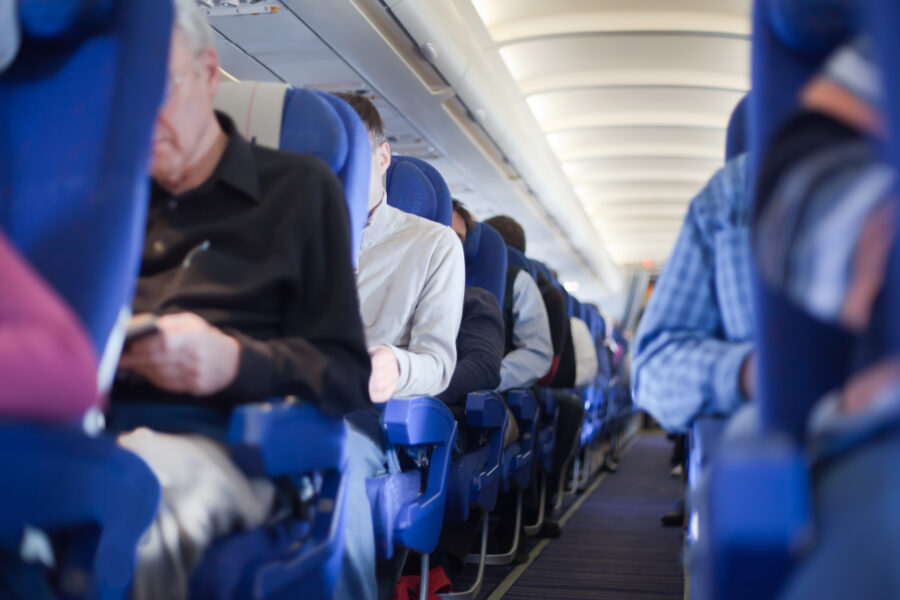
Some people can sleep through turbulence, meal service, and engine noise. If that’s you, a red-eye can be a smart way to “gain” an extra day at your destination. Just bring a neck pillow, eye mask, and water to make it easier.
If you’re a light sleeper or need to move around, a daytime flight will likely be far more pleasant. You can read, work, or watch the scenery without forcing yourself into an uncomfortable sleep position.
Think about the arrival time too. Landing at 6 a.m. means you might have hours before you can check into your hotel—unless you’ve arranged early check-in on accommodation bookings. Midday arrivals often mean you can drop bags, freshen up, and start exploring right away.
Frequently Asked Questions

Flying overnight instead of during the day changes more than just your takeoff time. It can affect how rested you feel, how you handle time zones, and even how productive you are after landing. Small choices—like where you sit or how you prepare—can make a big difference in how smooth the trip feels.
What are the key differences in passenger experience between overnight and daytime flights?
On a red-eye, the cabin is usually dim, quieter, and sometimes less crowded. You might get through security faster and board without the usual chaos.
But sleep can be tricky. Seats aren’t beds, and even with a neck pillow, you might wake up groggy.
Daytime flights give you more natural light, which helps you stay alert, but you’ll lose active hours to travel.
How does flying at night affect jet lag compared to flying during the day?
Night flights can help if your arrival time lines up with the local morning—you can hit the ground running. That said, if you don’t sleep well on planes, you might end up more tired than if you’d flown in daylight.
For me, crossing three or more time zones overnight is a gamble. Sometimes I adjust faster, other times I feel like I’m moving underwater for a day or two.
What are the pros and cons of choosing a red-eye flight for business travelers?
If you’ve got a tight schedule, a red-eye can save you a night’s hotel cost and give you a full workday at your destination. You’ll also avoid the mid-day travel window that eats into meetings.
The flip side—you risk showing up to an important presentation with puffy eyes and a foggy brain. Unless you’re a champion plane sleeper, you’ll need to plan recovery time.
What tips can help travelers make the most out of a red-eye flight for their next trip?
Pick a seat that matches your needs. Window seats are best for sleeping without interruptions, but if you need frequent bathroom breaks, go for the aisle.
Bring small comforts—eye mask, earplugs, and maybe a light blanket or scarf. I try to avoid heavy meals before boarding; nothing worse than trying to sleep after airport nachos, trust me.
Check if your hotel offers early check-in. Wandering a city at 7 a.m. with all your luggage, just waiting for your room? Been there—wouldn’t recommend it.



